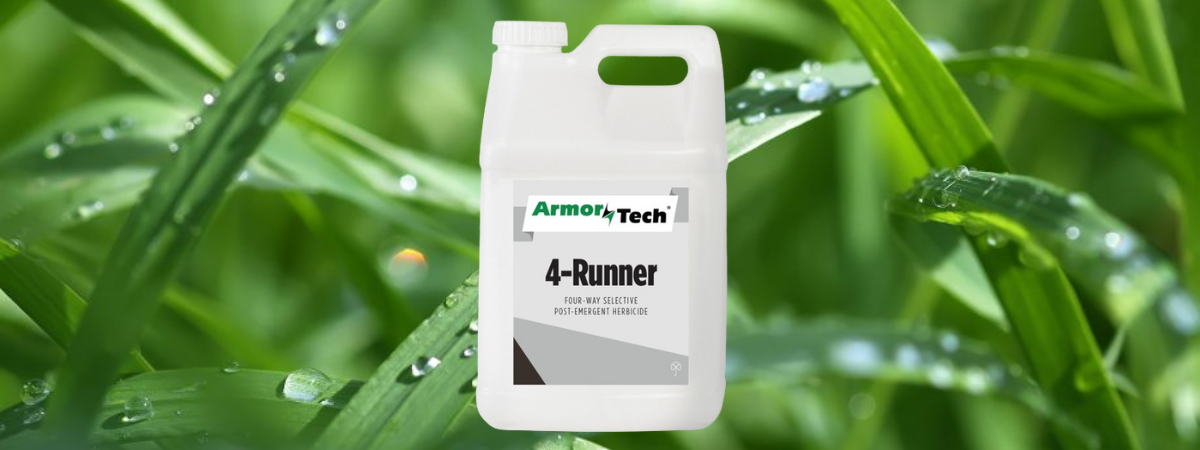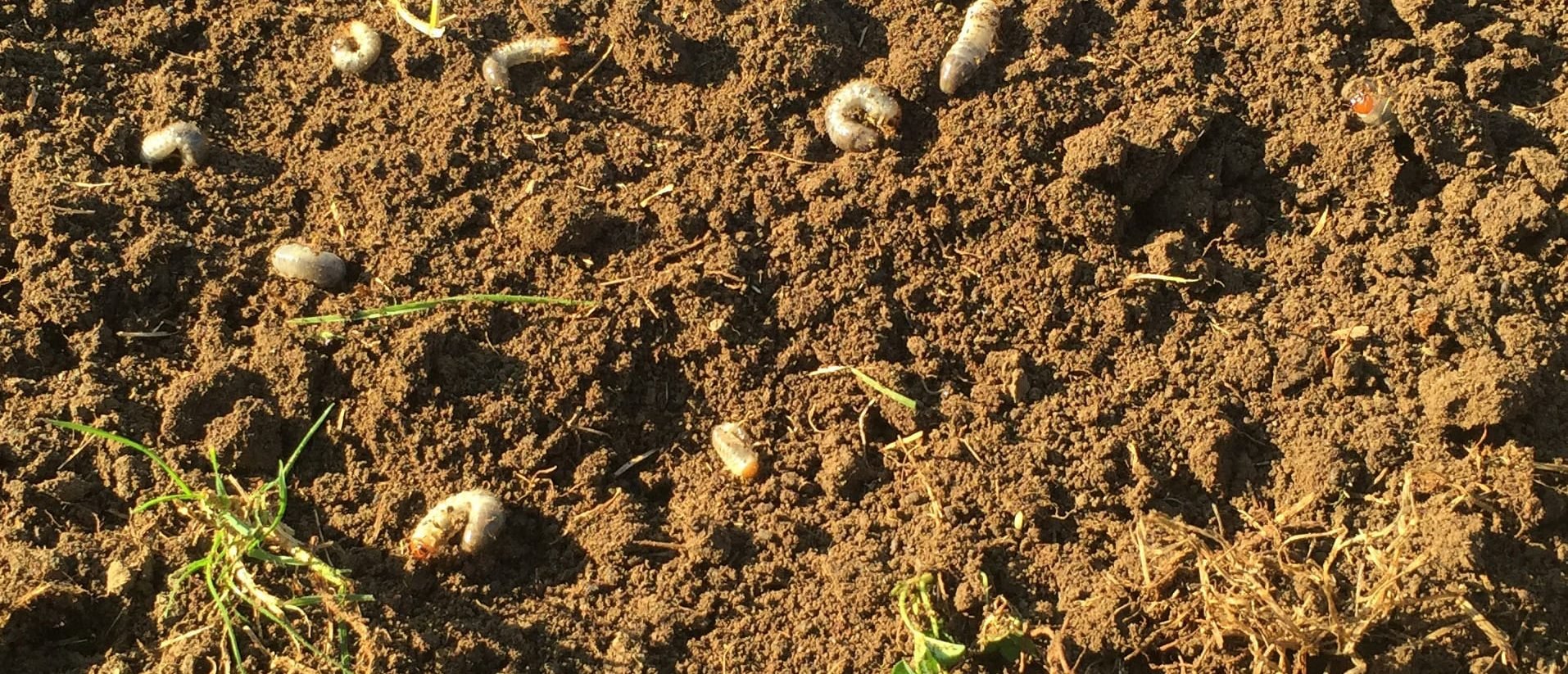Some weeds are harder to control than others. Read on for cultural and chemical control options for ground ivy, clover, and yellow nutsedge—three of the worst offenders.
Ground Ivy
Identification
Ground ivy (Glechoma hederacea) is a perennial broadleaf weed, identifiable through its roundish, scalloped leaves with long petioles. It also has a creeping growth habit that distinguishes it from similar weeds like henbit. Ground ivy produces clusters of purplish tubular flowers in the spring, making it easily identifiable. Although it’s easy to spot, the downside is that it can be very difficult to control.

Cultural Control
The spread of ground ivy can be somewhat mitigated through proper agronomic processes like fertilization and irrigation.
Chemical Control
The best time to treat ground ivy is in the fall. Weeds are getting ready for winter by storing nutrients in their roots, and herbicides can target the weed at the root. Making applications on a sunny day without the chance of rain for the next 24 hours will help ensure the herbicide dries on the leaf surface; Rain and overcast conditions can reduce efficacy. Herbicides containing triclopyr, such as ArmorTech 4-Runner, are effective against ground ivy and don’t require adjuvants. Nufarm’s Sure Power can also provide exceptional control within days. These products can harm vegetables and flowers, so avoid applying them in customers’ gardens.
White Clover
Identification
White clover (Trifolium repens), also known as white trefoil, honeysuckle clover, or Dutch clover, is a perennial broadleaf weed with a creeping growth habit and long petioles. Its leaves typically grow in threes and have a unique “watermark” coloration. White clover produces flowers that are most commonly off-white but can have pink-tinted flowers, too.

Cultural Control
Ensuring that customers’ soil is nitrogen-rich is a cultural control method. White clover is able to produce its own nitrogen, so ensuring all plants in the area around it have nitrogen will mitigate white clover’s competitive advantage.
Chemical Control
Chemical control can be established over white clover through the use of herbicides and fertilizer. Much like for ground ivy, the best time to treat white clover is in the fall when the weeds are storing nutrients in their roots. Look for a three- or four-way herbicide containing fluroxypyr, triclopyr, or quinclorac for effective treatment. Consider using an adjuvant to maximize the application, too.
Yellow Nutsedge
Weed Identification
Yellow nutsedge (Cyperus esculentus) is a perennial sedge that emerges when soil temperatures are between 60°F and 65°F at two inches of depth. It reproduces via its seeds, rhizomes, and tubers. Yellow nutsedge grows faster than turfgrass—up to twice as fast, in fact—and makes it easy to notice. It has triangular, upright stems and waxy, three-ranked leaves with pointed tips. It’s also identifiable through its namesake tall, yellow flowerheads. The weed’s tubers are its primary form of reproduction and also can remain viable for three years or more, allowing for rapid reproduction. When tuberization happens around late summer and early fall, yellow nutsedge reproduces rapidly, potentially making hundreds of tubers, making proactive control important.

Cultural Control
Yellow nutsedge grows well in wet soils, so ensuring proper drainage can help prevent the weed from becoming as prevalent. Checking for leaky irrigation heads and fixing them—especially around low-lying areas—can also reduce risk.
Chemical Control
For chemical control, translocating herbicides are best as they reach the tubers through photosynthesis. Celero, by Nufarm, a sedge-specific herbicide, is effective and safe for use against yellow nutsedge on both warm- and cool-season grasses. It’s best applied after shoots emerge but before tubers form. FMC’s Dismiss NXT herbicide is another option that specifically targets tubers. Products containing the active ingredient sulfentrazone work best when the days get longer, before the summer solstice. Nufarm’s Prosedge and Celero provide better control of tubers after the summer solstice, when days become shorter.
Bonus Weed: Wild Violet
Wild Violet is another difficult-to-control weed. Products containing triclopyr are going to provide the most effective control, and a combination of triclopyr and quinclorac can enhance efficacy. Check out our wild violet blog to learn more.

For additional weed control advice and product recommendations, reach out to your ATS sales representative. If you’re new to ATS or don’t remember your rep’s name, use our rep-finder tool.












